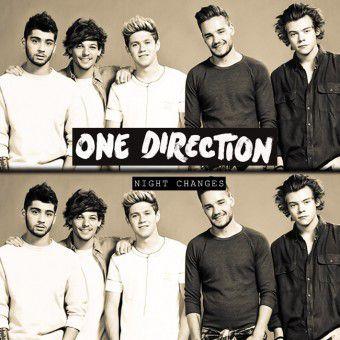


Clive Hirschhorn, in his book Hollywood Musicals, comments, “.although the couple spent only about ten minutes of the film’s 107 minutes dancing, they were ten minutes of heaven.” Highlights also included Con Conrad and Herb Magidson’s “ The Continental,” which won the first Academy Award for best song, and an eighteen-year-old Betty Grable singing and dancing with Edward Everett Horton to Mack Gordon and Harry Revel’s “Let’s K-nock K-nees.”Īccording to David Ewen in Great Men of American Popular Song, “The idea of using a persistent note in the verse (B flat) came to Porter during a visit to Morocco where he heard the steady, even beat on a tom-tom from a distance.” Porter even alludes to the origin in the opening lyrics, “Like the beat, beat, beat, of the tom-tom When the jungle shadows fall.” Will Friedwald gives a very different account in Stardust Melodies, in which he tells of Porter visiting friends in Newport. Compensating for the plot were the song and dance numbers, which delighted audiences. The farcical plot revolves around a woman ( Ginger Rogers) who wants a divorce, her aunt who arranges for a correspondent, and a suitor ( Fred Astaire) who is mistaken for the correspondent. The Gay Divorcee received five Academy Award nominations and became the formulaic basis for subseqent Astaire/Rogers films.
NIGHT CHANGES PIANO SHEET MUSIC MOVIE
Although Astaire and Rogers had appeared together in Flying Down to Rio (1933), The Gay Divorcee would be the first movie in which they received top billing. Ginger Rogers replaced Claire Luce for the film version while Erik Rhodes and Eric Blore both retained their Broadway roles from Gay Divorce. Frank Sinatra (1942, with Axel Stordahl and His Orchestra, #16) Ĭhart information used by permission from Joel Whitburn's Pop Memories 1890-1954.Charlie Barnet and His Orchestra (1940, instrumental, #24).Eddy Duchin and His Orchestra (1934, instrumental, #13) (reissue).Eddy Duchin and His Central Park Casino Orchestra (1933, instrumental, #2).Leo Reisman and His Orchestra (1932, Fred Astaire, vocal, #1).“Night and Day” was the first of over 100 hits Sinatra would record under his own name. In all, five recordings of “Night and Day” would become charting hits, and two of those, by the Eddy Duchin Orchestra and Frank Sinatra, would make second appearances as reissues. It would remain in the number one position for ten weeks. While the film retained much of original plot, it contained none of Porter’s score except for “Night and Day.” The slight change in title was requested by the Hays Office which insisted that divorce could not be gay but a divorcee might well be.įred Astaire’s recording of “Night and Day” was an instant hit, climbing the pop charts within weeks of the show’s opening. Today most people believe that Astaire introduced “Night and Day” during the 1934 RKO film The Gay Divorcee. That night, teamed instead with Claire Luce, Astaire introduced Cole Porter’s “Night and Day.” Gay Divorce would continue for another 247 performances, distinguishing itself as Fred Astaire’s last Broadway appearance. The show marked a departure for star Fred Astaire as it was his first appearance without his sister Adele. On November 29, 1932, Gay Divorce opened at the Ethel Barrymore Theatre. “All of the repeated notes flatten the melody, which transfers the emphasis to the harmonies and the Latin beat, all bonuses for a dancer like Astaire.”


 0 kommentar(er)
0 kommentar(er)
